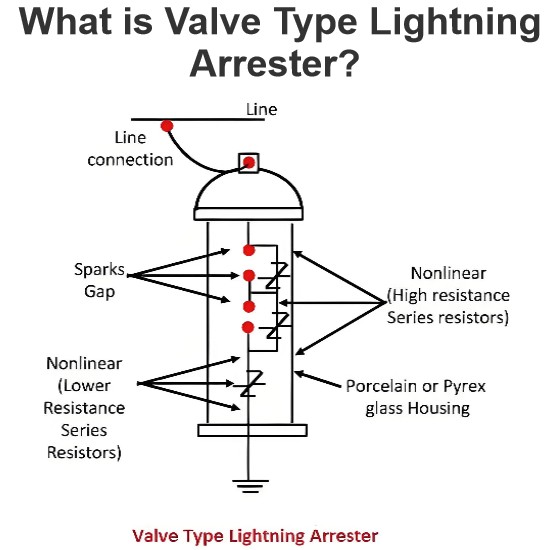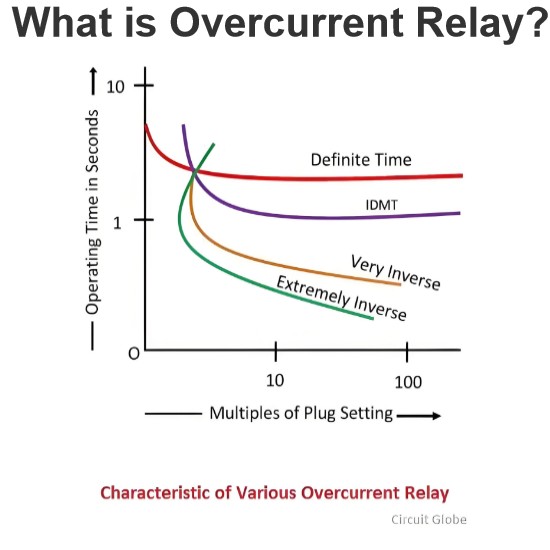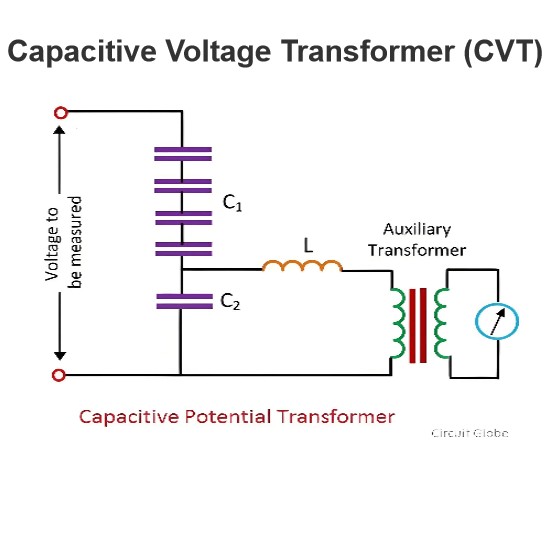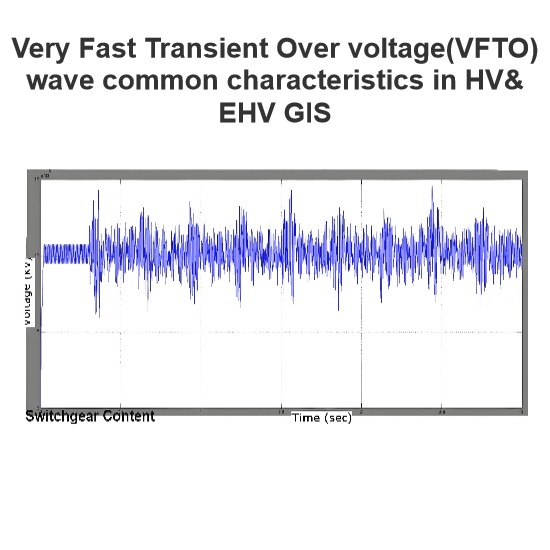Automatic Voltage Regulator
Automatic Voltage Regulator
The automatic voltage regulator (AVR) is an essential device designed to regulate voltage levels. It takes fluctuating voltages and converts them into a stable, constant voltage. Voltage fluctuations primarily occur due to variations in the load on the supply system. Such voltage variations can be detrimental to the equipment within the power system, potentially causing malfunctions or even permanent damage.
To control these voltage variations, voltage - control equipment can be installed at multiple key locations within the power system, such as near transformers, generators, and feeders. In fact, voltage regulators are often deployed at more than one point in the power system to effectively manage voltage fluctuations.
Voltage Control in DC and AC Systems
DC Supply System: In a DC supply system, when dealing with feeders of equal length, over - compound generators can be used to control the voltage. However, for feeders of different lengths, a feeder booster is employed to maintain a constant voltage at the end of each feeder.
AC System: In an AC system, voltage control can be achieved through various methods. These include the use of booster transformers, induction regulators, and shunt condensers, among others. Each method has its own advantages and is selected based on the specific requirements of the power system.
Working Principle of the Voltage Regulator
The voltage regulator operates on the principle of error detection. First, the output voltage of an AC generator is obtained via a potential transformer. This voltage is then rectified and filtered before being compared to a reference voltage. The difference between the actual voltage and the reference voltage is termed the error voltage. This error voltage is amplified by an amplifier and subsequently supplied to either the main exciter or the pilot exciter. By adjusting the excitation based on this amplified error voltage, the voltage regulator effectively controls and stabilizes the output voltage of the generator, ensuring a consistent and reliable power supply.

Consequently, the amplified error signals regulate the excitation of the main or pilot exciter through a buck or boost mechanism. This, in turn, controls voltage fluctuations. By controlling the exciter output, the terminal voltage of the main alternator is effectively regulated.
Applications of the Automatic Voltage Regulator
The automatic voltage regulator (AVR) serves several crucial functions:
Voltage Control and Stability Enhancement: It maintains the voltage of the power system within acceptable limits and enables the machine to operate closer to the steady - state stability boundary. This ensures reliable power supply and prevents voltage - related instabilities in the system.
Reactive Load Sharing: When multiple alternators are operating in parallel, the AVR plays a key role in distributing the reactive load among them. This helps in optimizing the performance of the parallel - operating alternators and maintaining the overall power factor of the system.
Overvoltage Mitigation: The AVR is effective in reducing overvoltages that occur due to sudden load shedding in the system. By quickly adjusting the excitation, it prevents excessive voltage rises that could damage electrical equipment.
Fault - Time Excitation Adjustment: Under fault conditions, the AVR increases the excitation of the system. This ensures that the maximum synchronizing power is available during the clearance of the fault, facilitating a smoother recovery of the system.
Load - Following Excitation Control: When there is a sudden change in the load on the alternator, the AVR adjusts the excitation system. It ensures that the alternator continues to supply the same voltage under the new load conditions. The AVR achieves this by operating on the exciter field, modifying the exciter output voltage and the field current. However, during severe voltage fluctuations, the standard AVR may not respond rapidly enough.
Quick - Acting Voltage Regulators
To achieve a faster response, quick - acting voltage regulators based on the overshooting - the - mark principle are employed. In this principle, when the load increases, the excitation of the system is also increased. But before the voltage reaches the value corresponding to the increased excitation, the regulator anticipates and reduces the excitation to the appropriate level. This overshoot - and - correct mechanism allows for a more rapid and precise adjustment of the voltage, enhancing the performance of the power system during dynamic load changes.
The Electricity Encyclopedia is dedicated to accelerating the dissemination and application of electricity knowledge and adding impetus to the development and innovation of the electricity industry.




